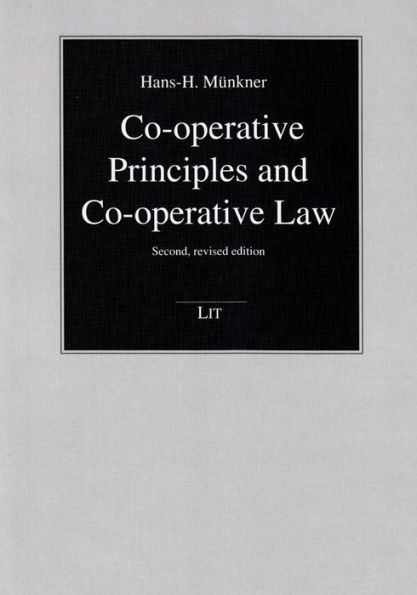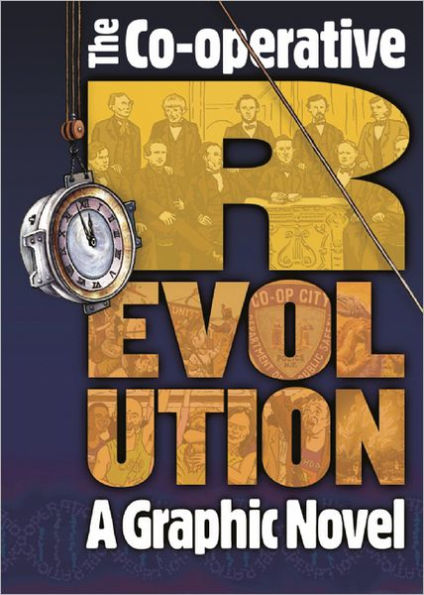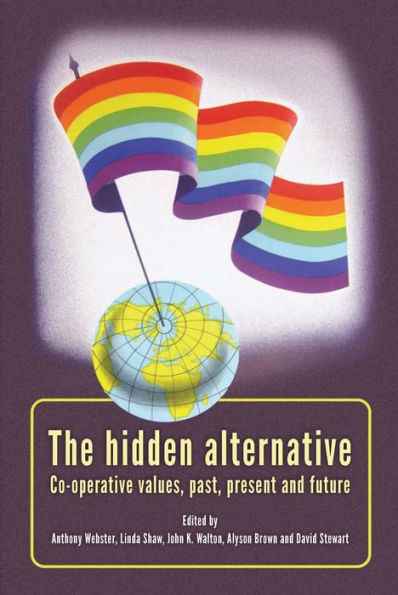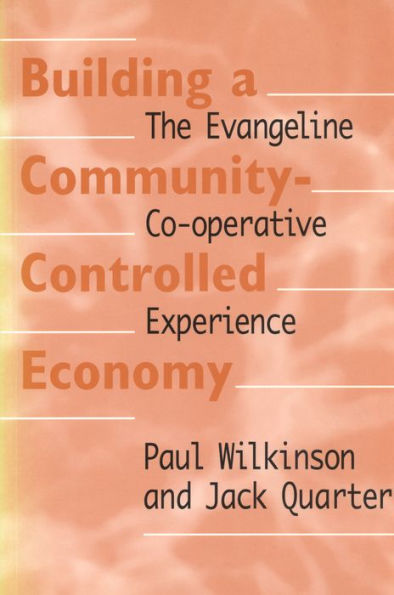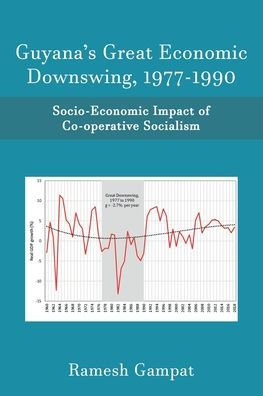Home
The British Co-operative Movement Film Catalogue
Barnes and Noble
The British Co-operative Movement Film Catalogue
Current price: $70.00
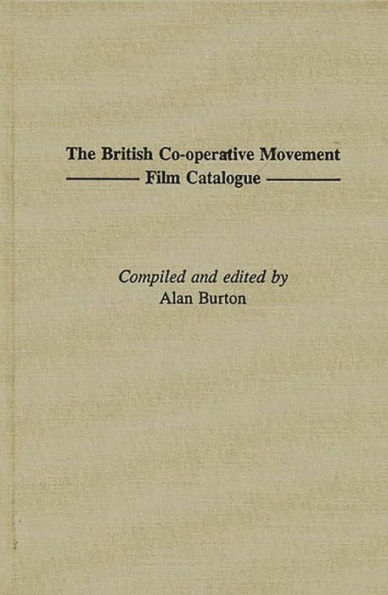

Barnes and Noble
The British Co-operative Movement Film Catalogue
Current price: $70.00
Size: OS
Loading Inventory...
*Product information may vary - to confirm product availability, pricing, shipping and return information please contact Barnes and Noble
The British consumer Co-operative movement pioneered the use of film for industrial and propaganda purposes. A powerful association of working-class consumers, the movement embraced the potential of cinema and used it to help articulate an ideology expounding the ideals of mutuality, equality, and democracy, and seeking to transform a capitalist society founded on individualism and selfish-help into the Co-operative Commonwealth. This book provides an extensive, detailed catalogue of more than 300 films relating to the movement. Technical details, credits, a synopsis, and historical and critical evaluations are given for each title. Numerous films, previously unknown or believed to be lost, have been traced.
The catalogue is prefaced by a substantial introductory essay which provides a contextual framework for a consideration of the movement and its use of film. The book is supplemented by a selection of articles, publications, and reports which appeared in the movement's contemporary press, and which reveal the genuine concern to use cinema to assist in the task of making Co-operators. This catalogue will be invaluable to students of social, labor, and business history and to film and media historians who wish to broaden their knowledge of non-commercial film. It also serves as a guide for contemporary filmmakers and television researchers to this extensive collection of archive film.
The catalogue is prefaced by a substantial introductory essay which provides a contextual framework for a consideration of the movement and its use of film. The book is supplemented by a selection of articles, publications, and reports which appeared in the movement's contemporary press, and which reveal the genuine concern to use cinema to assist in the task of making Co-operators. This catalogue will be invaluable to students of social, labor, and business history and to film and media historians who wish to broaden their knowledge of non-commercial film. It also serves as a guide for contemporary filmmakers and television researchers to this extensive collection of archive film.
